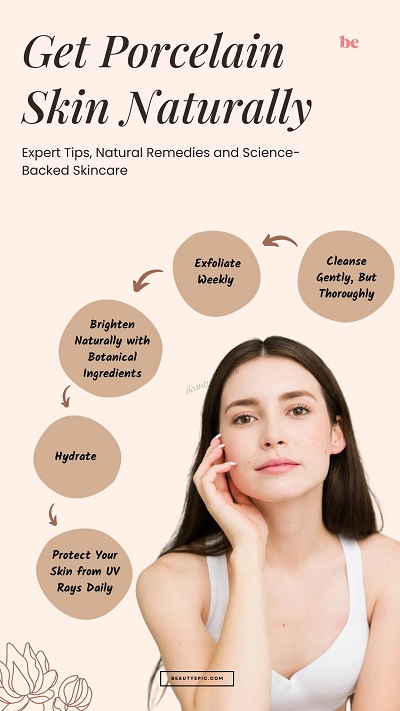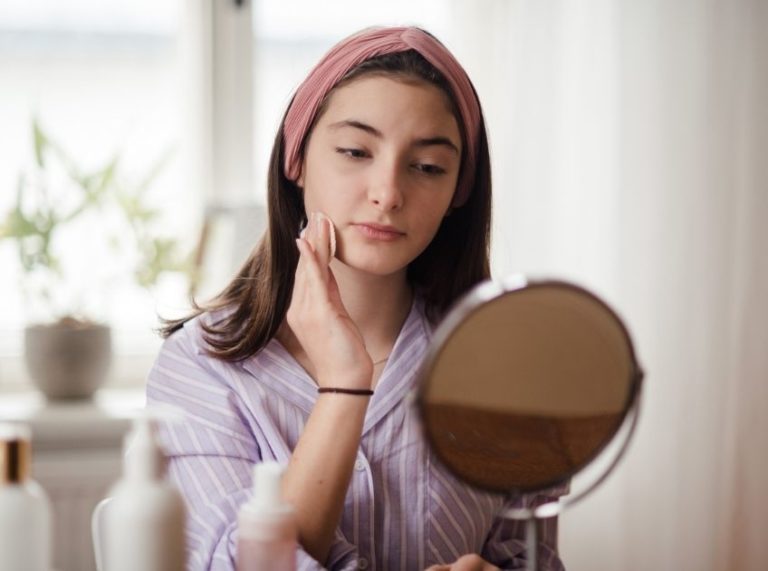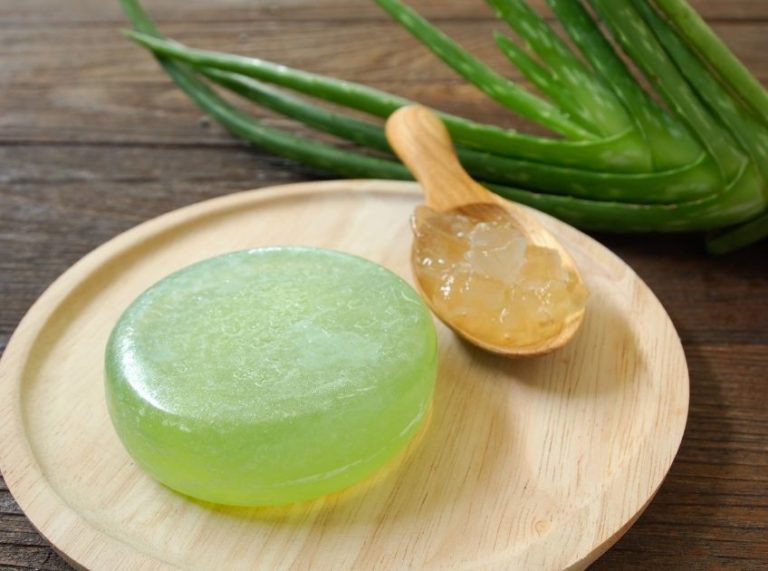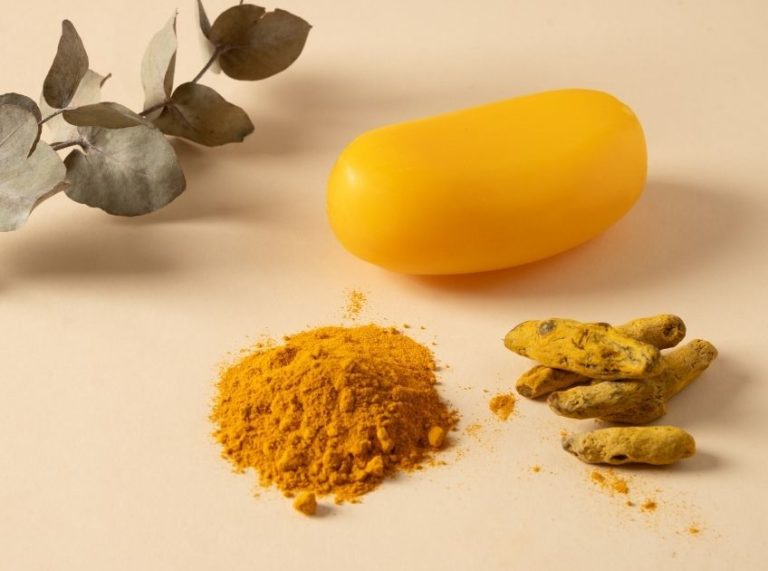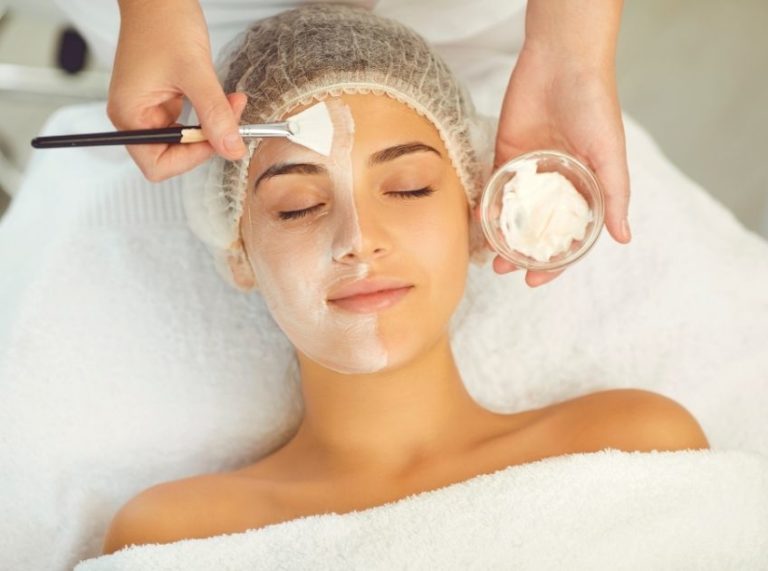
Important: This article is for informational purposes only. Please read our full disclaimer for more details.
Achieving porcelain skin—that flawless, even-toned, radiant complexion—is a beauty goal for many. While filters and foundation can mimic the effect, real porcelain-like skin is possible with a committed natural skincare routine, smart lifestyle choices, and the right ingredients. This guide breaks down expert strategies backed by science to help you naturally get that smooth, luminous skin.
Article Contains
What Is Porcelain Skin?
Porcelain skin is often described as light-toned, clear, and smooth with an even texture and minimal pores. It’s not just about having pale skin—it’s about a healthy glow, hydration, and a blemish-free, balanced complexion.
1. Cleanse Gently, But Thoroughly
One of the pillars of clear, porcelain-like skin is maintaining a clean base without stripping natural oils. Harsh cleansers can disrupt your skin barrier, leading to dullness, breakouts, and sensitivity.
Expert Tip
Use a sulfate-free cleanser with ingredients like glycerin or ceramides, which support hydration and the skin barrier.
Science-backed insight: A 2018 study in the Journal of Clinical and Aesthetic Dermatology confirmed that gentle, pH-balanced cleansers maintain skin barrier integrity better than foaming surfactants (1).
2. Exfoliate Weekly to Reveal Radiance
Dead skin cells dull the skin’s surface and clog pores. Gentle exfoliation helps unveil smoother, brighter skin beneath.
- Use AHAs like glycolic or lactic acid (derived from sugarcane and milk, respectively) once or twice a week.
- For natural options, try mashed papaya (rich in papain) or yogurt (contains lactic acid).
Evidence: Research in Dermatologic Surgery found that regular AHA use significantly improves skin texture and pigmentation with minimal irritation (2).
3. Brighten Naturally with Botanical Ingredients
Several plant-based ingredients promote skin brightness and even tone without harmful bleaching agents.
- Licorice root extract: Contains glabridin, which inhibits melanin production.
- Vitamin C (ascorbic acid): A well-researched antioxidant that reduces pigmentation and boosts collagen.
- Niacinamide: A form of Vitamin B3 that fades dark spots and supports barrier function.
Scientific backing: A study in The British Journal of Dermatology (2002) found that 5% niacinamide reduced hyperpigmentation and improved skin tone in just four weeks (3).
4. Hydration is the Secret Weapon
Porcelain skin glows from within, and hydration is key. Dehydrated skin appears rough, tight, and aged.
- Drink at least 8 glasses of water daily.
- Use moisturizers with hyaluronic acid, glycerin, or aloe vera.
Science says: Hyaluronic acid holds 1000x its weight in water, making it a powerful natural humectant for skin plumpness (4).
5. Natural DIY Masks for Porcelain Skin
Rice Flour & Honey Mask
- Ingredients: 2 tbsp rice flour, 1 tbsp honey, 1 tbsp milk
- How it works: Rice flour contains anti-inflammatory and brightening properties. Honey is a humectant and antibacterial.
Turmeric & Yogurt Glow Mask
- Ingredients: 1 tsp turmeric, 2 tbsp yogurt, 1 tsp lemon juice
- How it works: Turmeric (curcumin) helps reduce pigmentation and inflammation. Yogurt gently exfoliates and nourishes.
Apply these masks once a week for visible improvement in skin clarity and tone.
6. Protect Your Skin from UV Rays Daily
Nothing sabotages porcelain skin faster than sun damage. UV rays increase pigmentation, fine lines, and uneven texture.
- Use a broad-spectrum SPF 30+ daily, even indoors or on cloudy days.
- Reapply every 2–3 hours if exposed to sunlight.
Scientific proof: According to The New England Journal of Medicine, cumulative sun exposure leads to photoaging and pigmentation, major enemies of porcelain skin (5).
7. Sleep and Diet Matter More Than You Think
Porcelain skin is a mirror of your internal health.
- Sleep 7–9 hours: This is when your skin goes into repair mode.
- Eat antioxidant-rich foods: Blueberries, spinach, almonds, and green tea reduce inflammation and support collagen.
Study insight: A 2015 study in Clinical and Experimental Dermatology linked high antioxidant diets with better skin aging scores and tone (6).
Frequently Asked Questions (FAQ’S)
1. How long does it take to get porcelain skin naturally?
A. Results vary, but with consistent care, you may see noticeable improvements in tone and texture in 4–6 weeks.
2. Can people with darker skin tones have porcelain skin?
A. Yes—porcelain skin is about clarity, smoothness, and even tone, not a specific shade. Every skin tone can achieve a porcelain-like glow.
3. Are over-the-counter skin lightening products safe?
A. Not always. Many contain hydroquinone or steroids, which can cause long-term damage. Opt for natural brighteners like licorice root, vitamin C, or niacinamide instead.
Final Thoughts
Getting porcelain skin naturally isn’t about chasing perfection—it’s about creating habits that nourish, protect, and enhance your skin’s natural glow. With science-backed ingredients, a holistic approach, and patience, you can achieve a luminous, smooth complexion that reflects true skin health.
